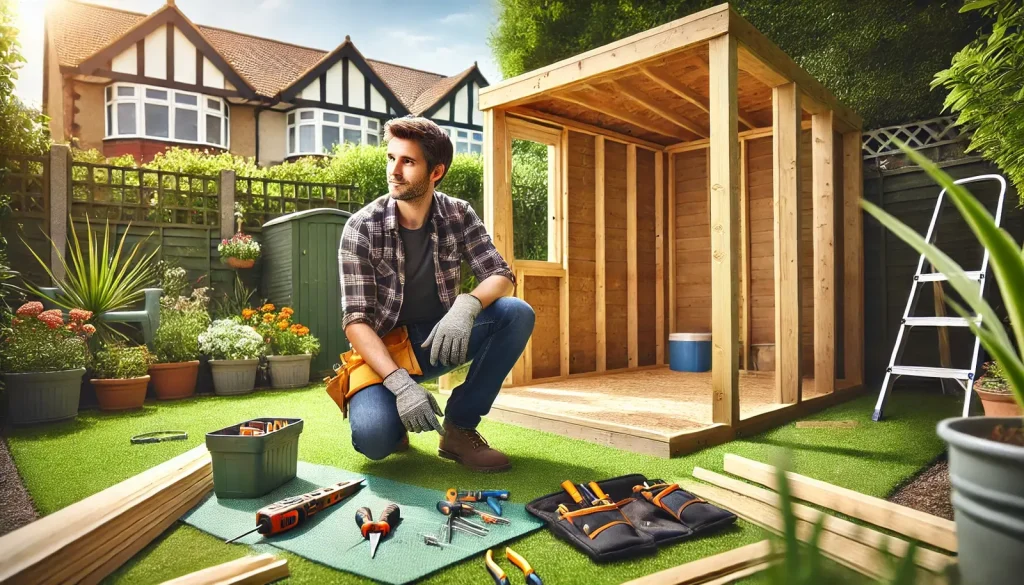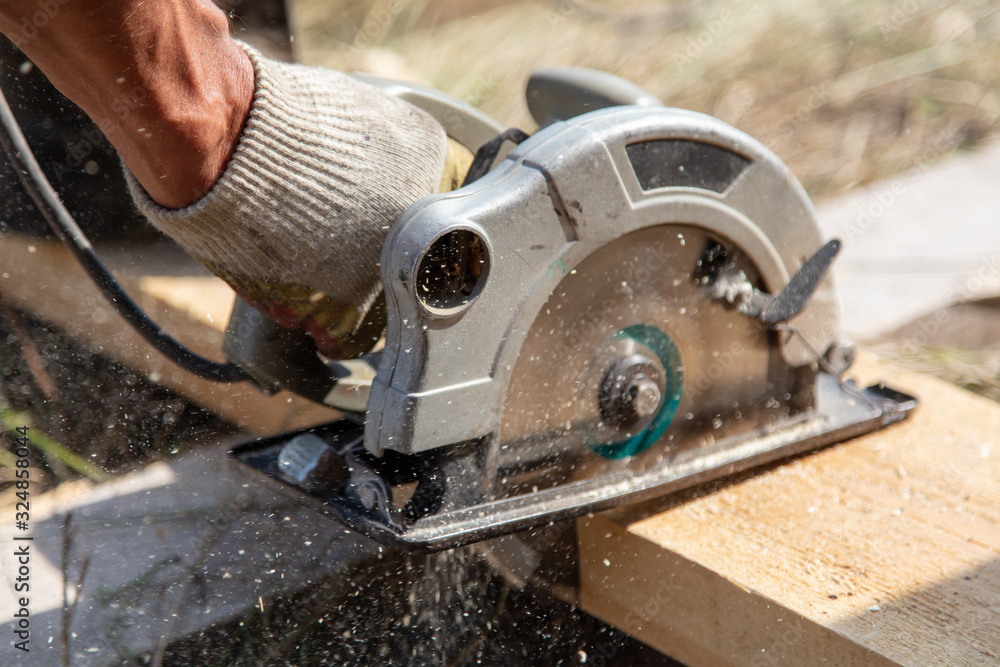Garden rooms are becoming increasingly popular among homeowners who crave additional living space without the hefty price tag of a home extension. From home garden offices to yoga studios, these versatile garden buildings can transform your lifestyle while complementing your outdoor space. But how do you create a budget friendly garden room that meets your needs without breaking the bank?
This guide will explore the world of garden rooms, covering everything from planning and design to cost-saving tips and maintenance.
Why Budget Garden Rooms Are Thriving

Adding a garden building to your home doesn’t have to cost tens of thousands of pounds. Affordable garden rooms offers an affordable alternative, providing you with more space, functionality, and style, all without the need for major construction work. Here’s why they’re gaining popularity:
- Affordable Solutions: Cheap garden rooms are typically less expensive than building full-scale home extensions, with costs starting as low as £2,000.
- Flexibility: Use it as an garden office, gym, art studio, or even a relaxation space. The possibilities are endless.
- Maximised Outdoor Living: These structures blend indoor and outdoor living, creating the perfect harmony for enjoying your garden year-round.
- Quick Installation: Building budget friendly garden rooms is often faster than traditional renovations, with many projects completed in just weeks.
Now that you understand the appeal, let’s explore how to plan for your affordable garden room.
Benefits of Budget Garden Rooms

Cost-Effective
A cheap garden room gives you the additional space you need at a fraction of the cost of an extension or moving house. While bespoke designs can be pricey, there are pre-fabricated and DIY options that significantly reduce expenses.
Space-Saving
With smaller properties becoming the norm, many homeowners look externally to maximise their space. An affordable garden room makes efficient use of your outdoor area, often fitting snugly in unused corners of your yard.
Flexibility and Multi-Functionality
Whether you need a home garden office to escape distractions, a guest room for visitors, or a chill-out zone to unwind, garden rooms can adapt to your lifestyle.
Planning Your Affordable Garden Room

Before you start, careful planning is essential to avoid overspending or making costly mistakes.
Choose a Practical Design
Start by determining the purpose of your garden room. If it’s a garden office, you might require built-in desks and electrical fittings. A lounge area, on the other hand, calls for double glazed windows and cosy furniture. Keep your design minimal but functional to stay within budget.
Size Considerations
Think about both your own garden’s size and your intended use for the garden room. The most common options for cheap garden rooms include 3x3m or 4x5m layouts, which are compact yet versatile. Larger rooms may exceed your budget, especially if they require more insulation or materials.
Material Choices
Opting for affordable yet durable materials can help you further cut costs. Consider these options:
- For exteriors: Treated timber, composite cladding, or pre-painted panels.
- For interiors: Breathable plasterboard or plywood.
- Flooring: Vinyl or laminate can replicate the look of hardwood for less.
Insulation and Heating
To keep your garden room usable year-round, invest in quality thermal insulation. Pair it with a cost-effective heating solution such as electric radiators or even portable heaters.
Doors and Windows
Double glazing windows or triple glazing windows are both excellent options for energy saving in your affordable garden room. Alternatively, if you’re on a budget, consider using reclaimed doors and windows from second-hand stores or online marketplaces. Not only will this save you money, but it also adds character to your garden room.
Electricity and Lighting
To keep energy costs down, opt for LED lighting fixtures as they use less energy than traditional incandescent bulbs. Additionally, be mindful of how many outlets you include in the space to avoid overloading circuits and increasing electricity bills.
Decor and Furnishings
When it comes to decorating your garden room, there are plenty of affordable options available that can add a personal touch to the space. Consider hanging outdoor curtains or installing a hammock for a cozy and unique seating option. You can also repurpose old furniture or use DIY techniques to create one-of-a-kind pieces that fit your style and budget.
Maintenance
Regular maintenance is key to keeping your own garden room in excellent condition and avoiding costly repairs down the line. This includes cleaning gutters, checking for leaks, and regularly painting or staining any wood components to protect them from weathering. Additionally, be sure to properly secure any loose materials such as shingles or siding to prevent damage during storms or strong winds.
DIY or Professional Installation?

Which option is best for your own garden room? It depends on your skills, budget, and time constraints.
DIY Garden Buildings
Pros:
- Significantly lower labour costs.
- Full control over the design process.
- Sense of personal accomplishment.
Cons:
- Time-intensive.
- Requires basic knowledge of construction and tools.
- Higher risk of mistakes.
Hiring Professionals
Pros:
- Faster completion time.
- Higher-quality craftsmanship.
- Access to expertise for complex builds.
Cons:
- Higher overall cost.
- Less personalisation compared to a custom DIY build.
Tip: If you’re confident with basic construction, consider a hybrid approach where you build the frame and hire professionals for tasks like electrical wiring.
Top Cost-Saving Tips For Affordable Garden Rooms
- Modular Kits: Pre-fabricated garden room kits are beginner-friendly and often more affordable than custom builds.
- Second-Hand Materials: Scour local salvage yards or online marketplaces for double glazed windows, doors, and furnishings.
- Repurpose Existing Furniture: Upcycle old items for a fresh look without spending extra.
- Skip Plumbing: If you don’t need water or drainage, you save significantly on installation costs.
Do You Need Planning Permission?

Most garden buildings fall under Permitted Development Rights, meaning you won’t need planning permission as long as:
- It’s single-storey with a maximum height of 2.5 metres.
- It doesn’t take up over 50% of your own garden space.
- It isn’t intended as living accommodation or a primary dwelling.
However, always consult your local council for peace of mind.
Budget Garden Rooms Long-Term Care

To maximise the lifespan and year round use of your new garden building, follow these simple garden room maintenance tips:
- Seal and Treat Exteriors Regularly re-stain or paint wood surfaces to protect against weather damage.
- Clean Windows Keep windows free of grime for uninterrupted views of your garden.
- Inspect Annually Check for signs of wear, such as leaks or cracks in insulation. Catching these early saves you money in repairs.
Your Affordable Outdoor Retreat Awaits
By combining clever planning with savvy budgeting, creating a garden room doesn’t have to cost the earth. These charming, versatile spaces can transform your garden and even add value to your home, giving you extra functionality without committing to major renovations.
If you’re eager to make your dream garden room a reality but aren’t sure where to begin, start with the tips shared here and get creative! You might surprise yourself with how much you can achieve.

